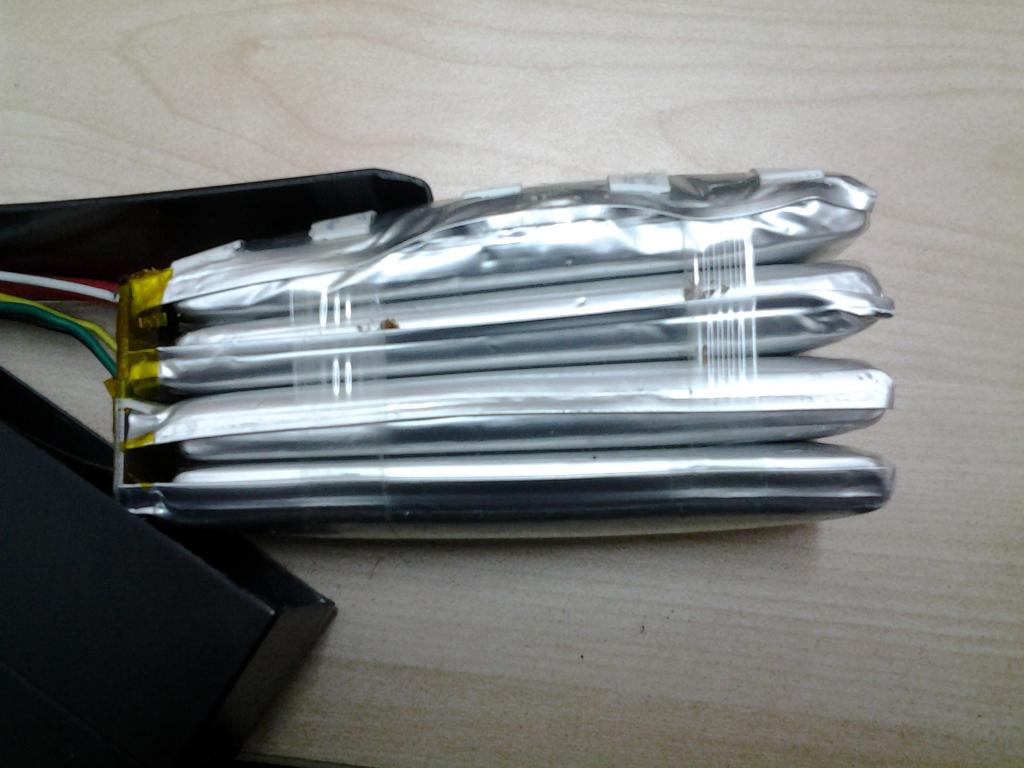Hi Ben,
Most
BMS units will have some form of short circuit protection built in, but it is usually on the power output lead and may not protect against a short on the charger supply.
Some
BMS have a separate connection for the charging current whereas others share the same connection as the power output.
Even with short circuit protection, it still takes a small amount of time
(and a large amount of current) to activate the current overload protection function, which can still cause a nice big fat spark accompanied by a very loud bang.
As yours is a triangle battery, it is most likely constructed from the more common LiMn 18650 cylindrical cells which are usually equipped with safety pressure release valves at the positive end:

Therefore the cells won't swell up like the soft pouch Lipo and LiFePO
4 prismatic cells can:

If the wires that you
"managed to cut though" did not get hot enough to melt their insulation, then I would say that the cells are probably fine.
I would first give the battery a good sniff where the wires exit the covering to determine if there is any sign of a horrible burnt smell inside that might indicate whether any components have been blown up on the
BMS etc.
If it smells OK, I would carefully repair the damaged wiring and then check that the battery still charges correctly
(preferably with it removed from the bike and placed outdoors in a safe place, and keeping a watchful eye on it just in case).

If it charges correctly and still provides the same amount of power for the motor as it did before, then it may have survived the ordeal without any permanent damage.
Unfortunately, without dismantling the battery to gain access to the
BMS and balance lead connections etc., you won't be able to inspect the
BMS unit for any signs of physical damage, or check the voltage of the individual cell groups to check that the
BMS is still balancing all the cells correctly.
Alan